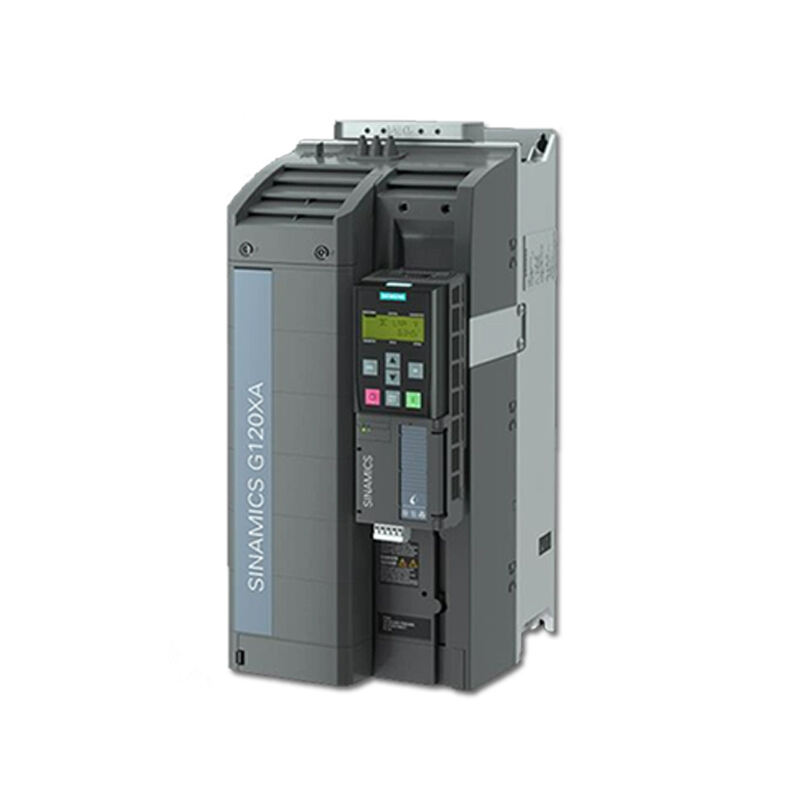servo inverter
A servo inverter is an advanced electronic device that precisely controls the speed, torque, and position of servo motors in automated systems. This sophisticated piece of equipment converts fixed-frequency AC power into variable-frequency output, enabling precise motor control across various applications. The device operates by continuously monitoring motor feedback signals and making real-time adjustments to maintain optimal performance. Servo inverters incorporate advanced digital signal processing technology to achieve exceptional accuracy in motion control, making them essential in modern industrial automation. They feature multiple control modes, including position, velocity, and torque control, allowing for versatile application across different industrial needs. The system's built-in protection mechanisms safeguard both the motor and the inverter from potential damage due to overcurrent, overvoltage, or overheating. Modern servo inverters also come equipped with various communication protocols, enabling seamless integration with existing automation systems and facilitating remote monitoring and control capabilities. Their high-precision control algorithms ensure smooth operation and minimal energy loss, contributing to improved system efficiency and reduced operating costs.

